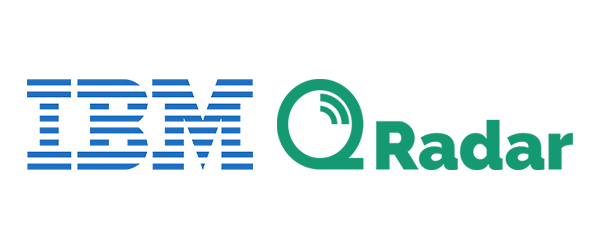
Cisco Meraki
Cisco Meraki is a cloud-managed IT company that offers a comprehensive suite of networking, security, and IoT solutions. As a subsidiary of Cisco Systems, Meraki provides an integrated platform for managing various aspects of network infrastructure through a single, intuitive dashboard.
Key features of Cisco Meraki include:
Cloud-based management: Easily configure and monitor networks from anywhere.
Wireless solutions: High-performance WiFi access points for various environments.
Security appliances: Next-generation firewalls with advanced threat protection.
Switching: Intelligent, cloud-managed switches for enterprise networks.
Mobile device management: Secure and manage smartphones, tablets, and laptops.
Smart cameras: AI-powered security cameras with built-in analytics.
IoT sensors: Environmental and physical security monitoring devices.
Meraki’s solutions are designed to simplify IT operations, enhance network visibility, and improve security across distributed enterprise environments. Their products are widely used in various industries, including education, retail, hospitality, and healthcare, offering scalable and flexible networking solutions for organizations of all sizes.









